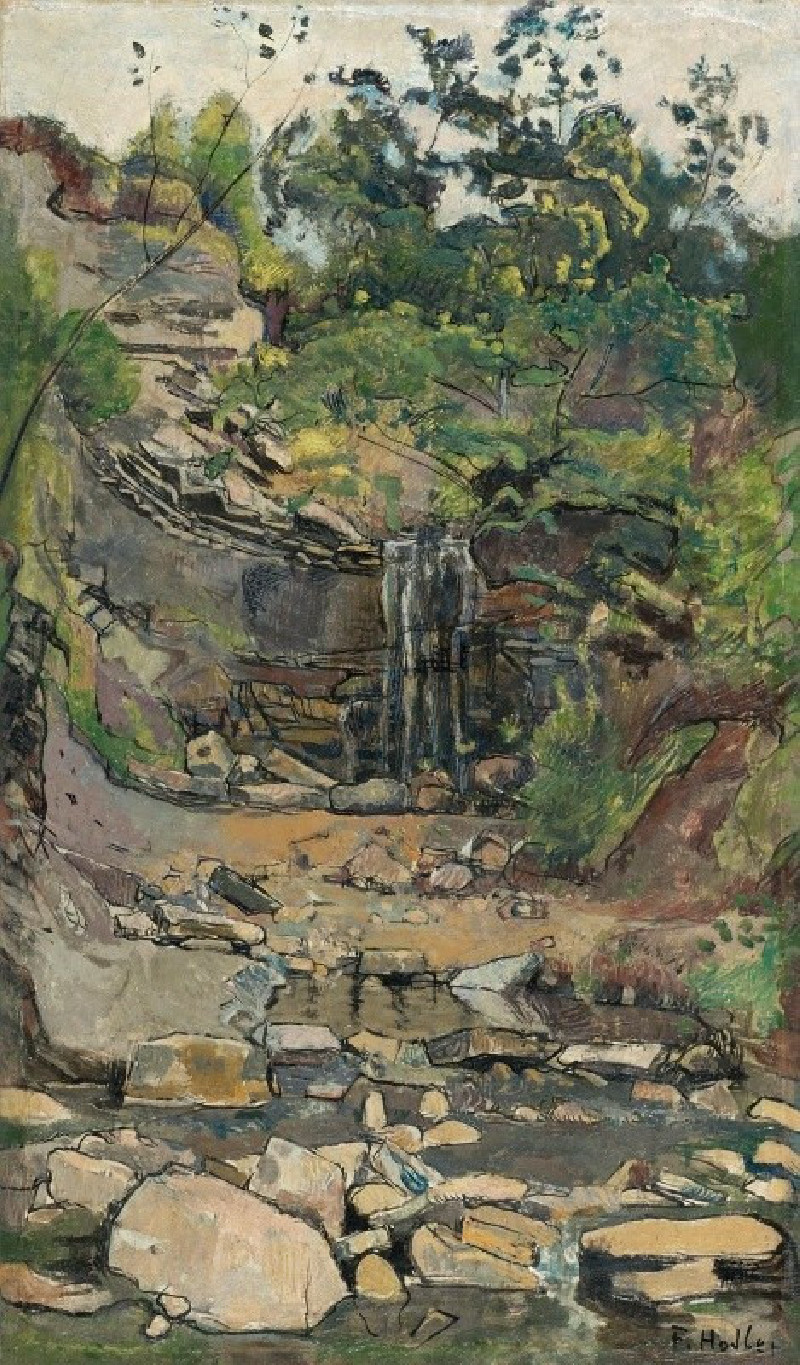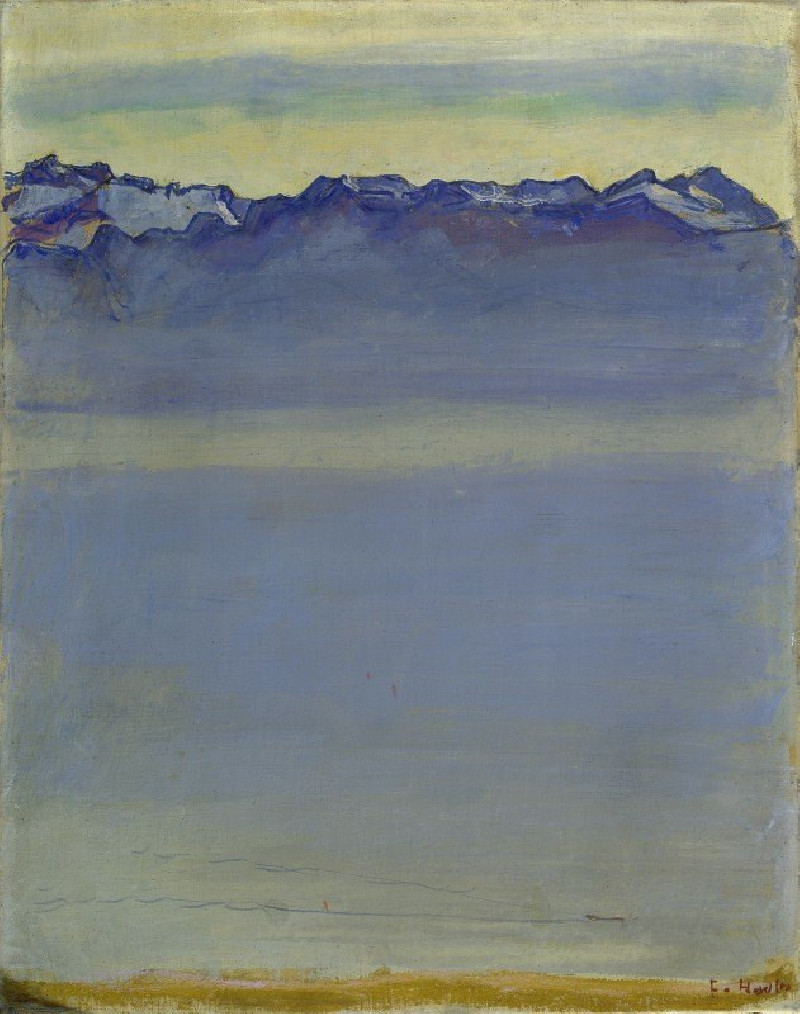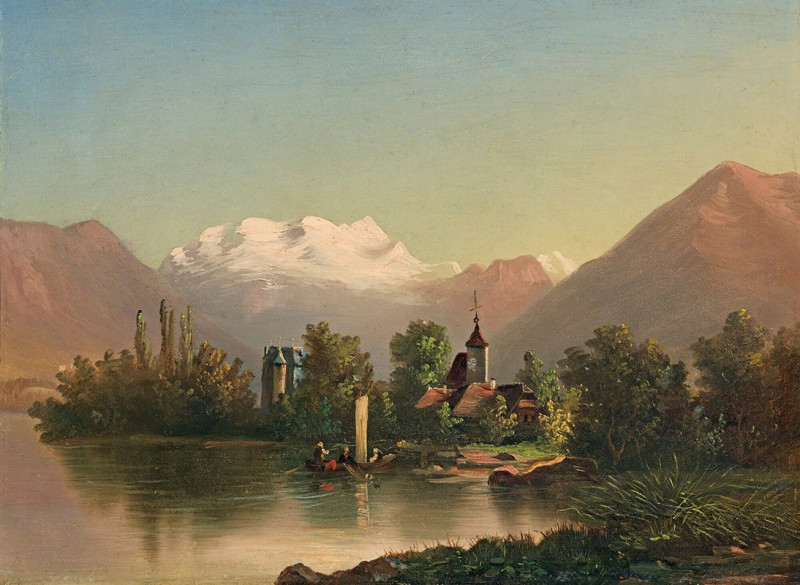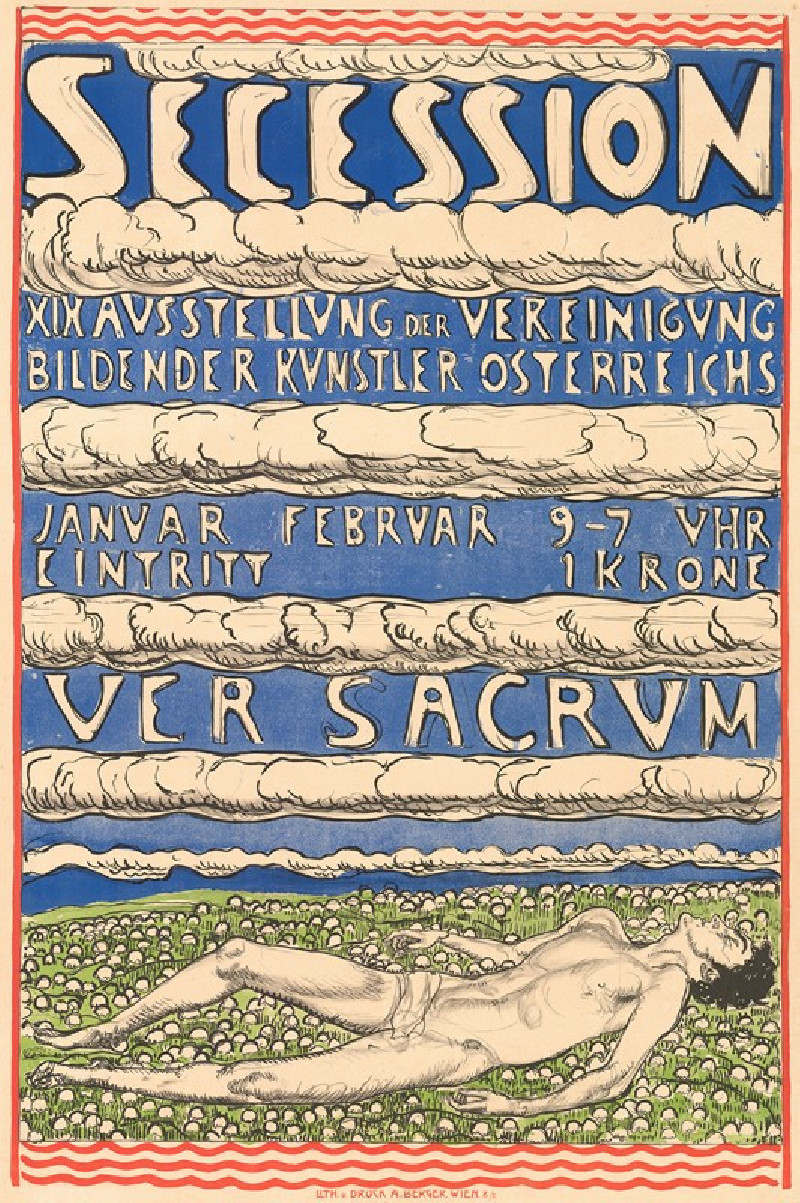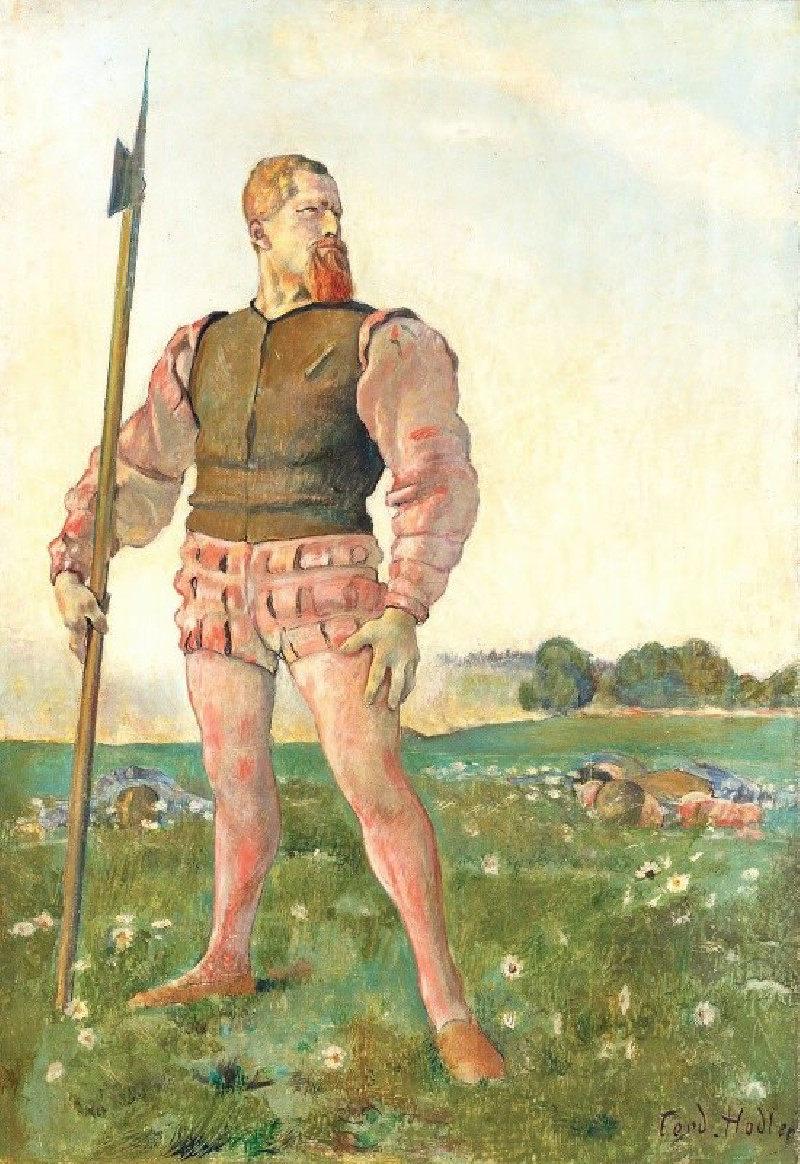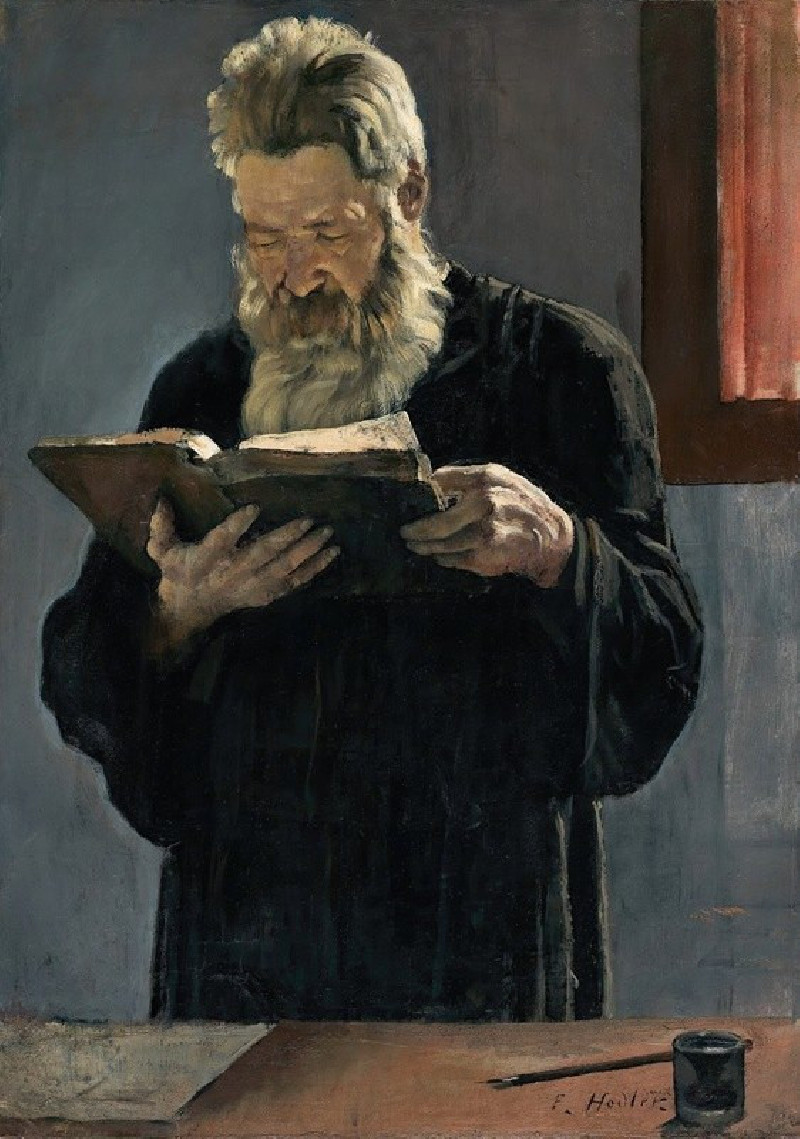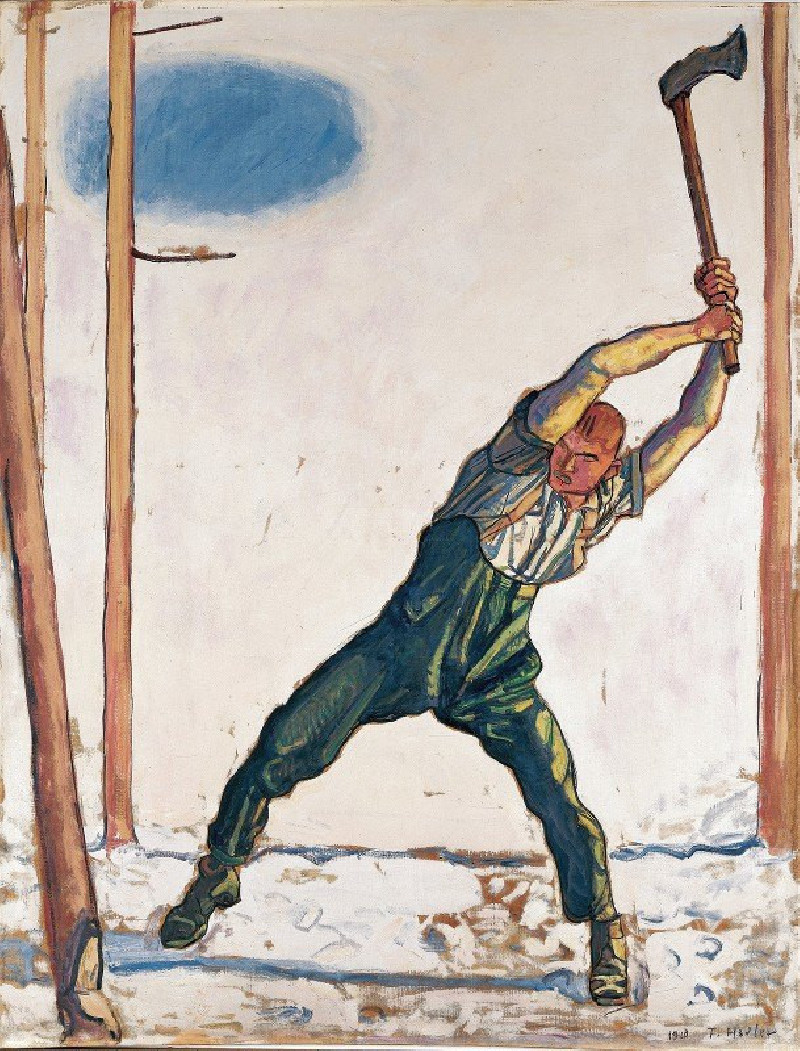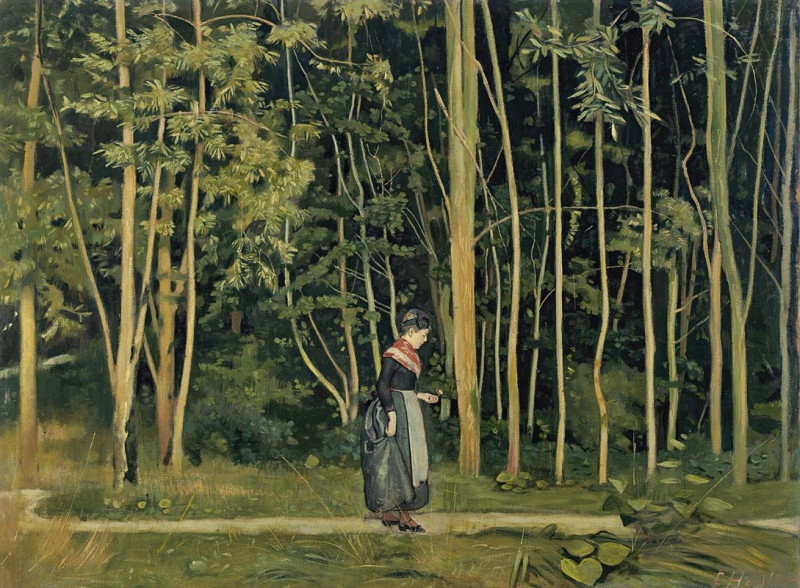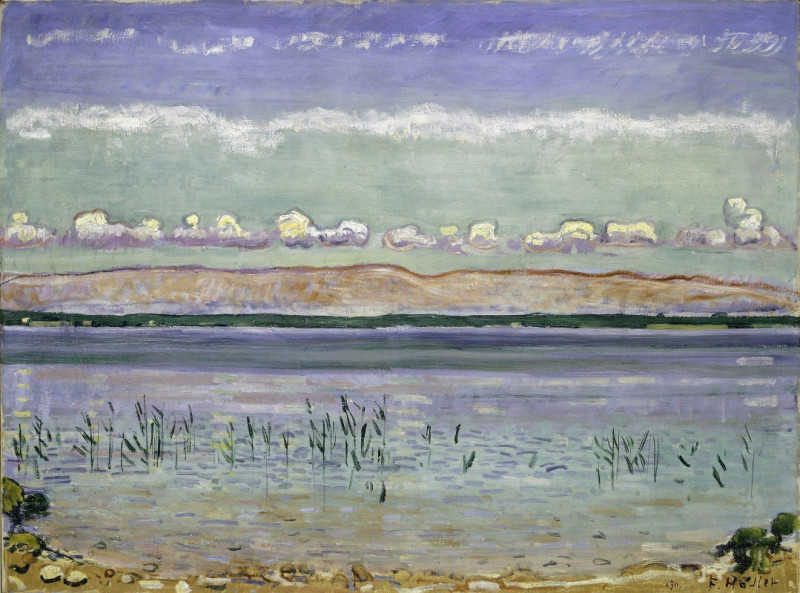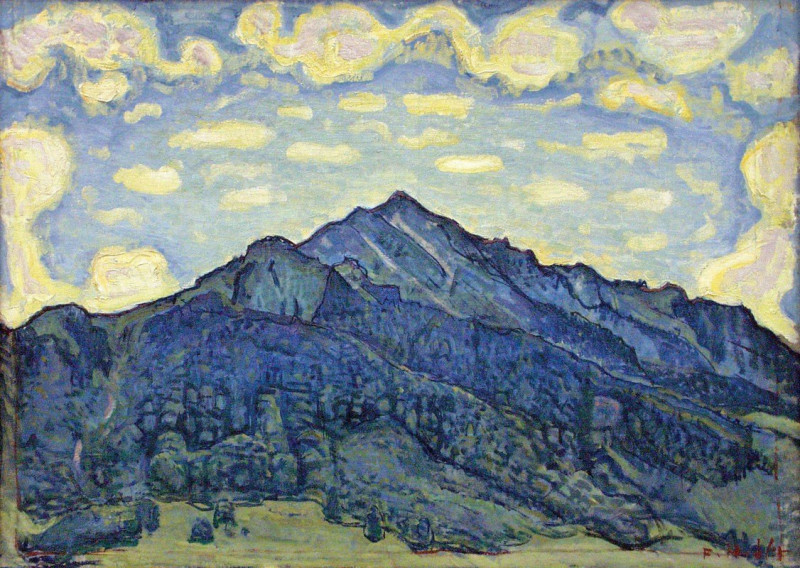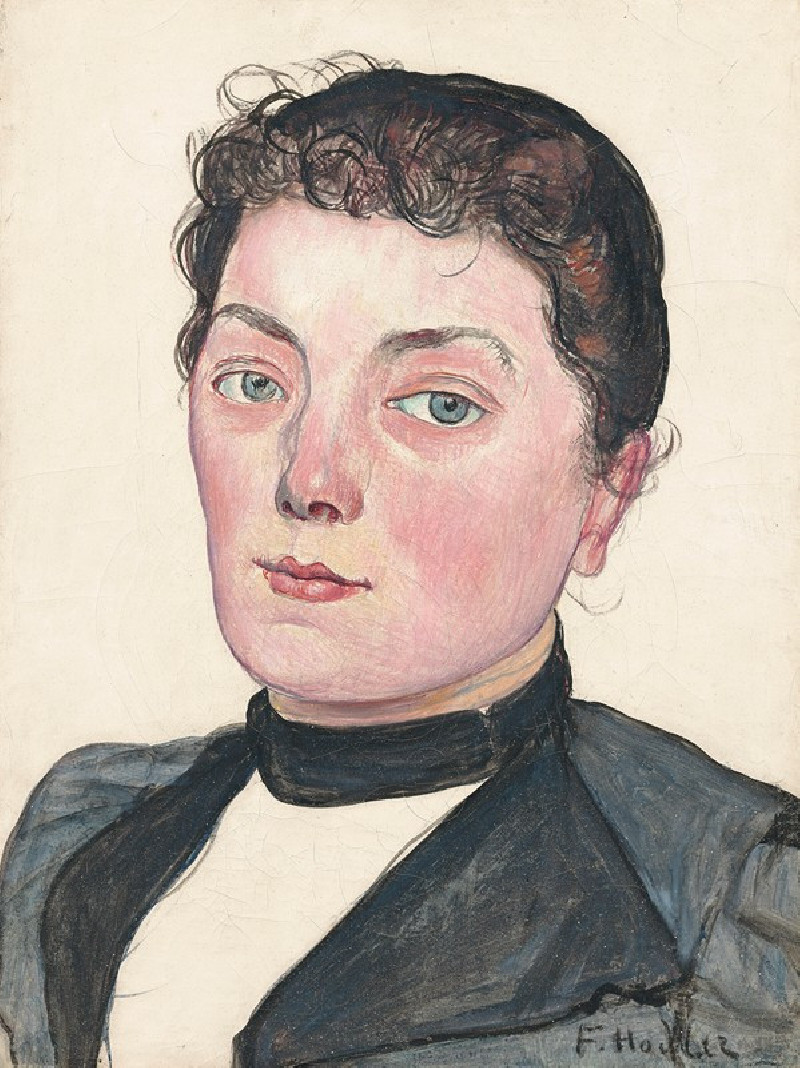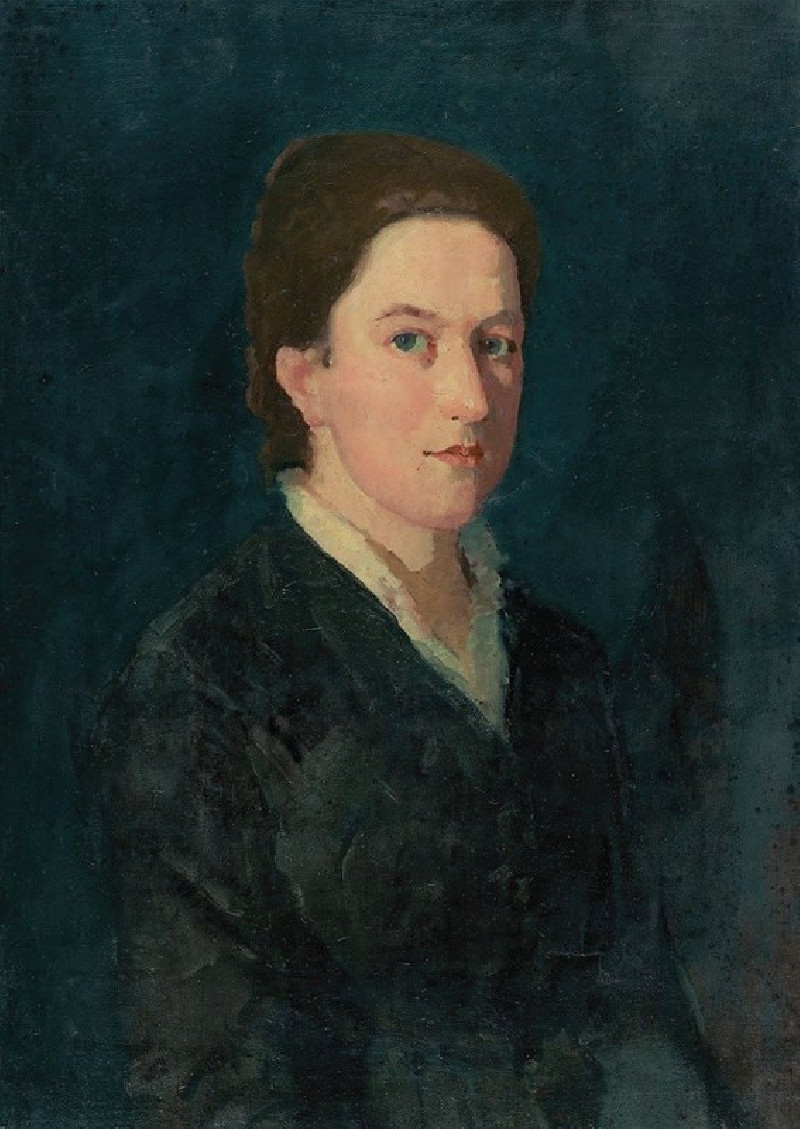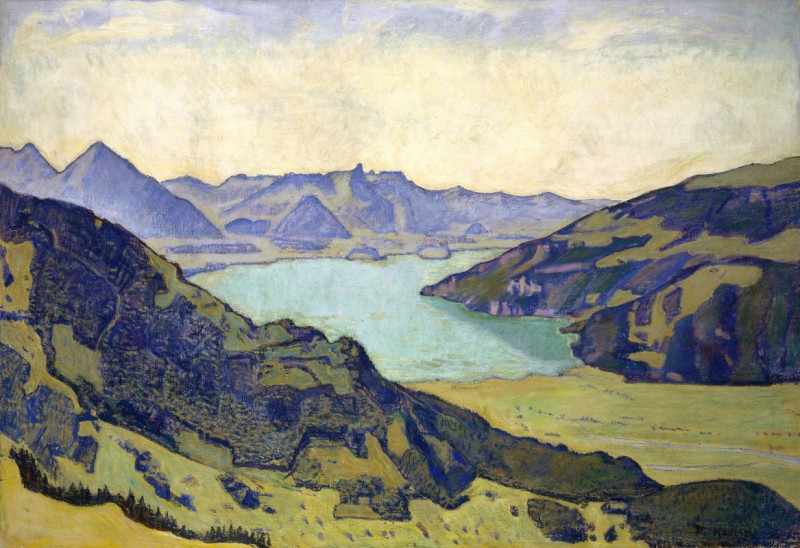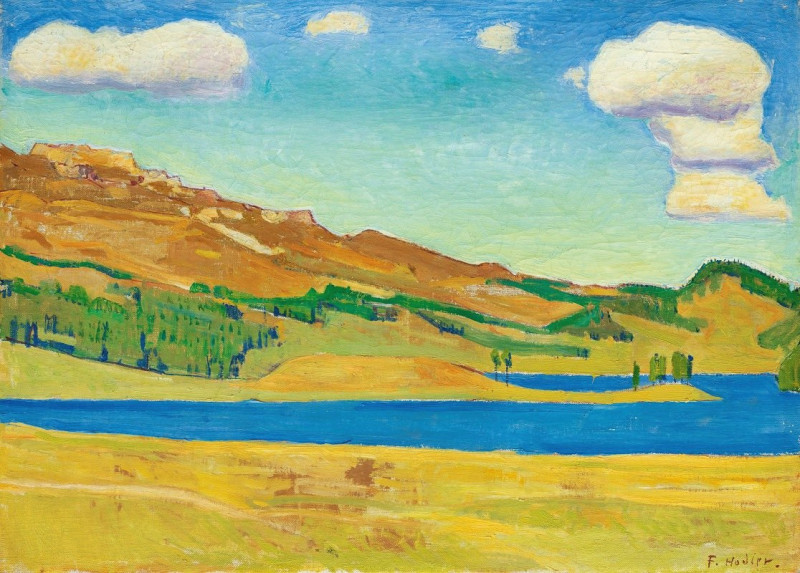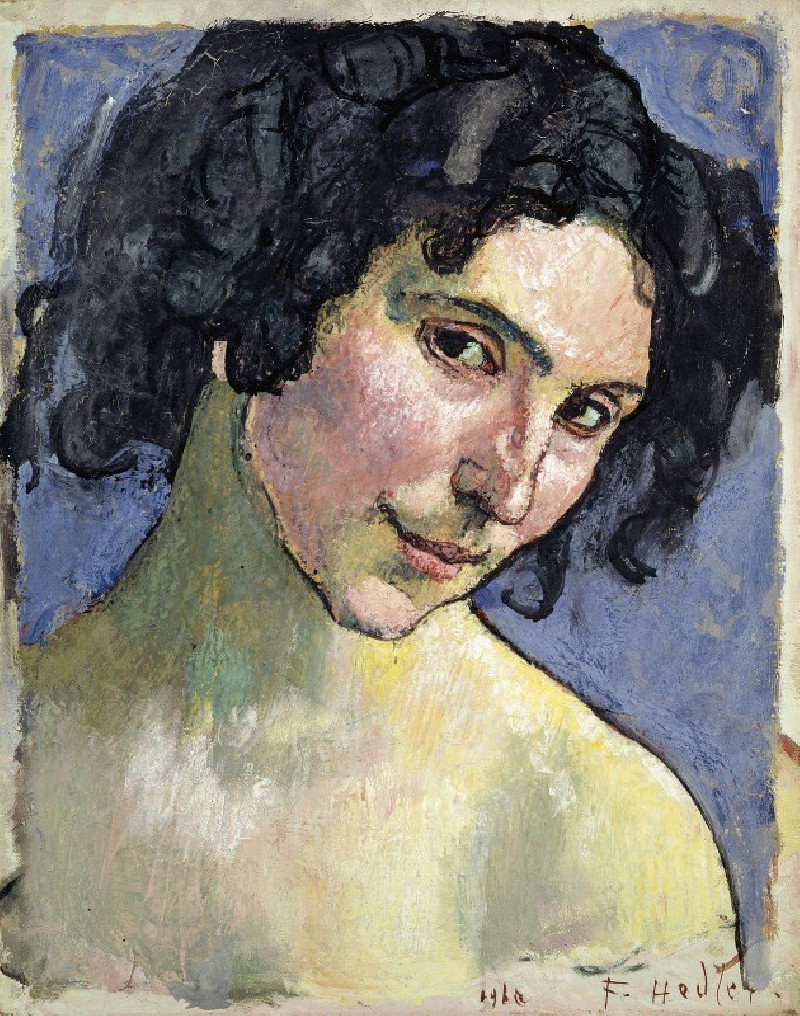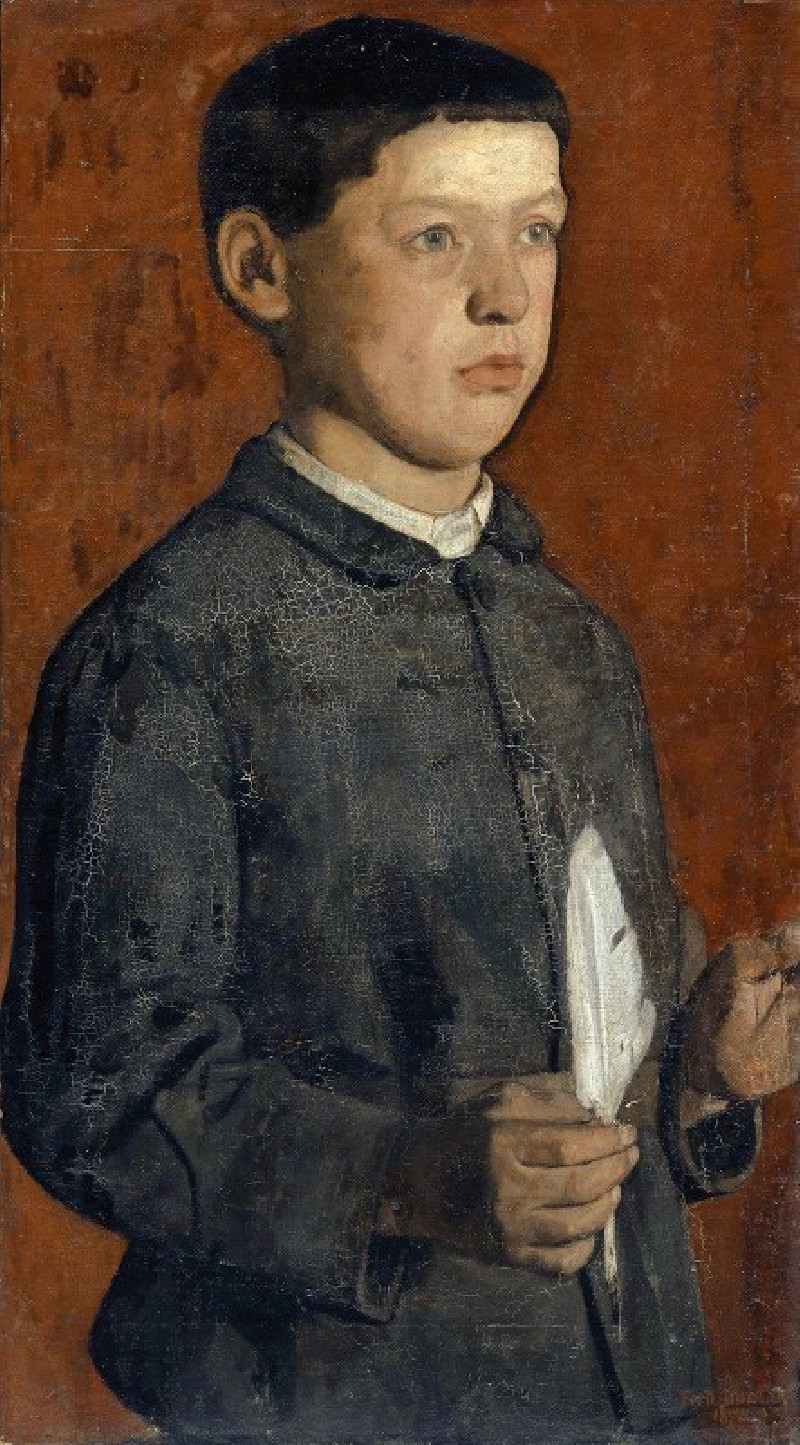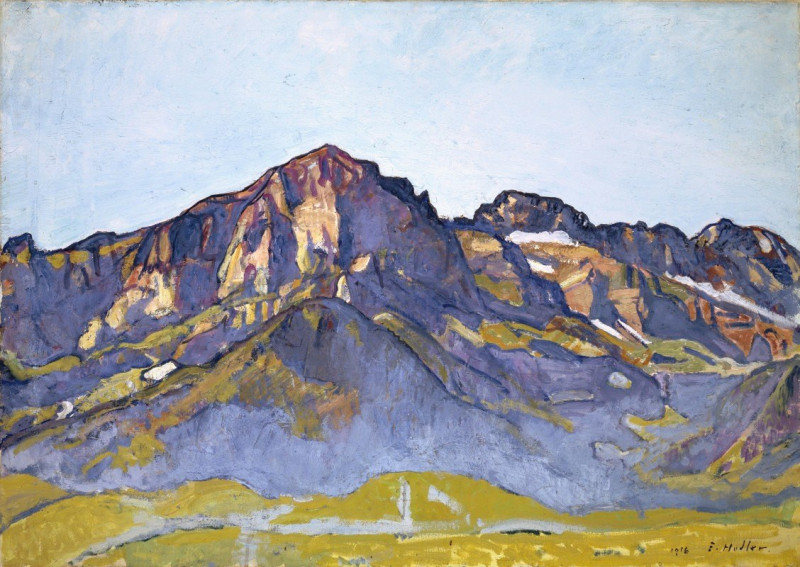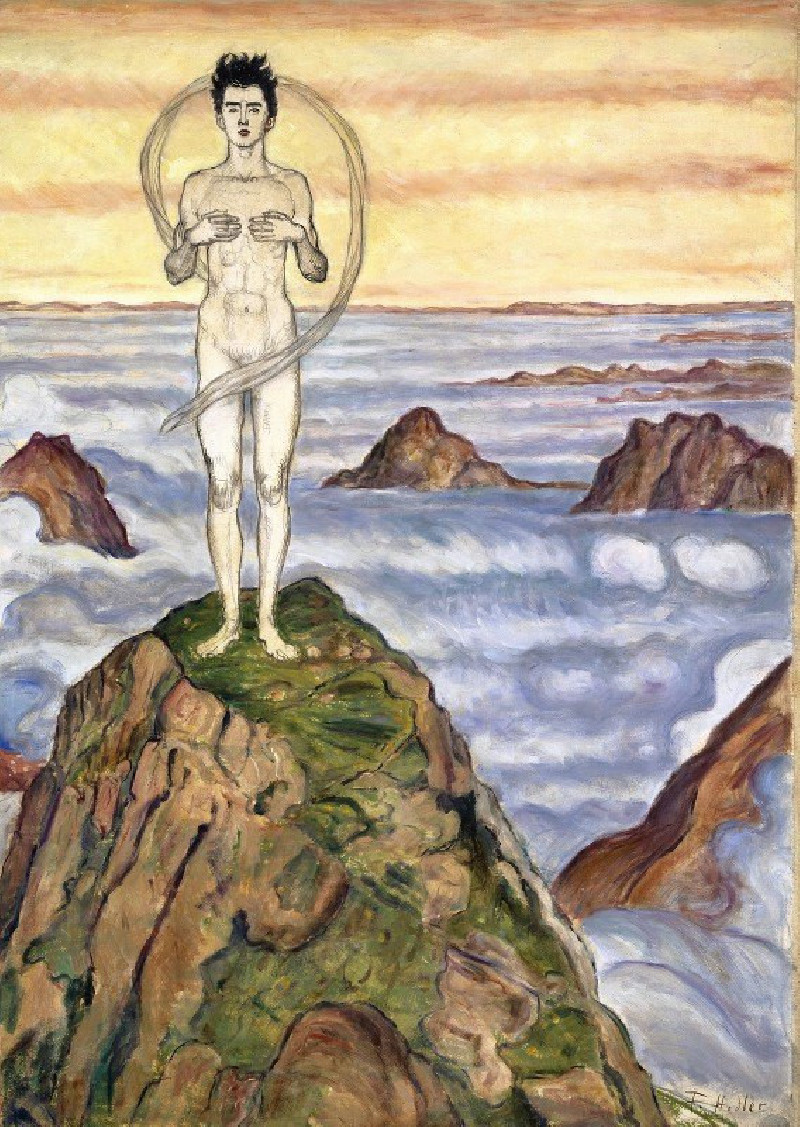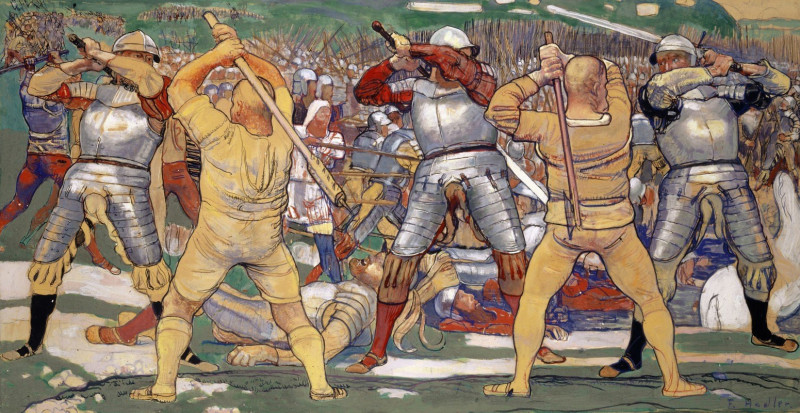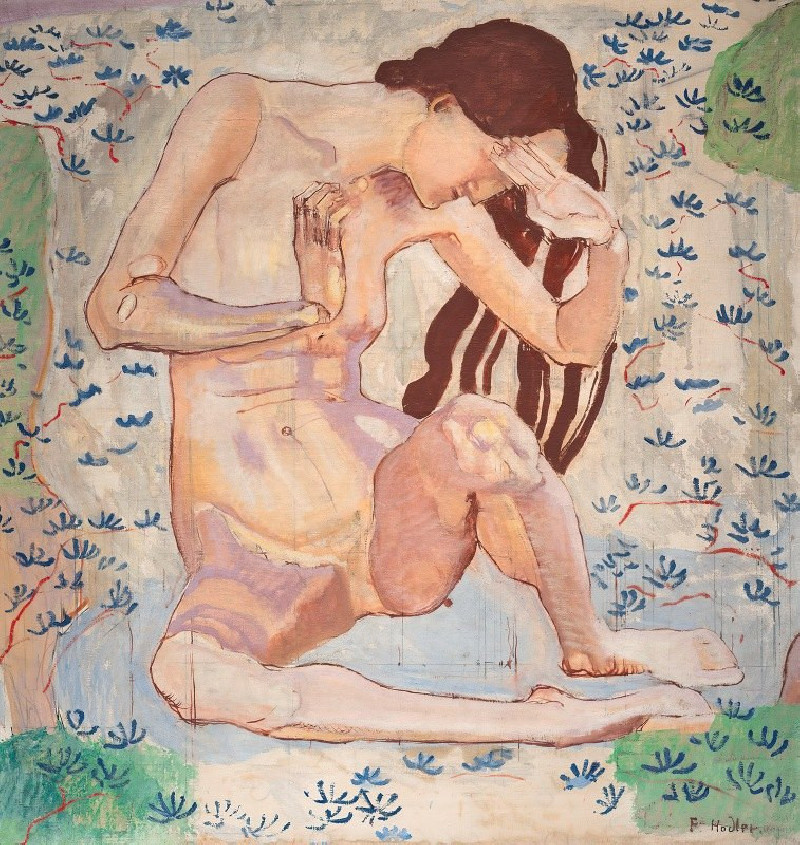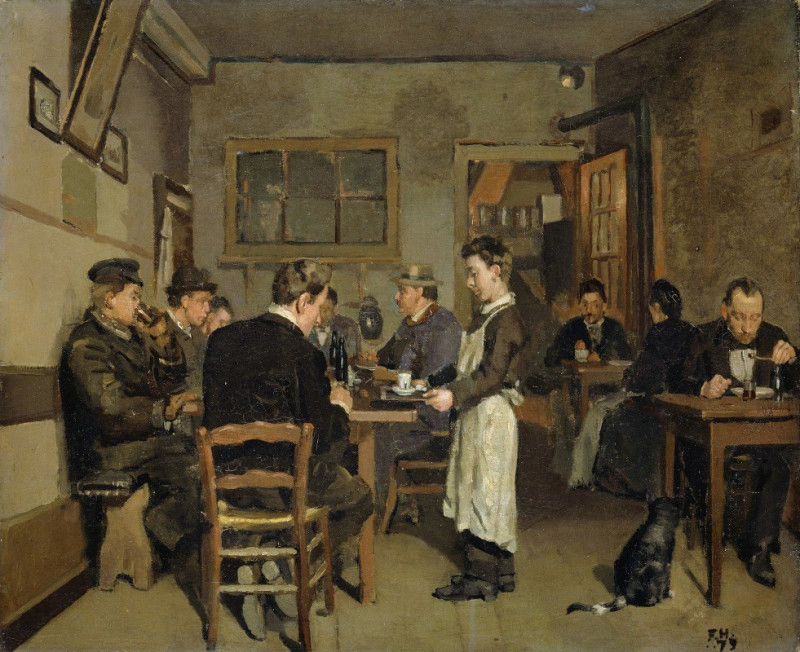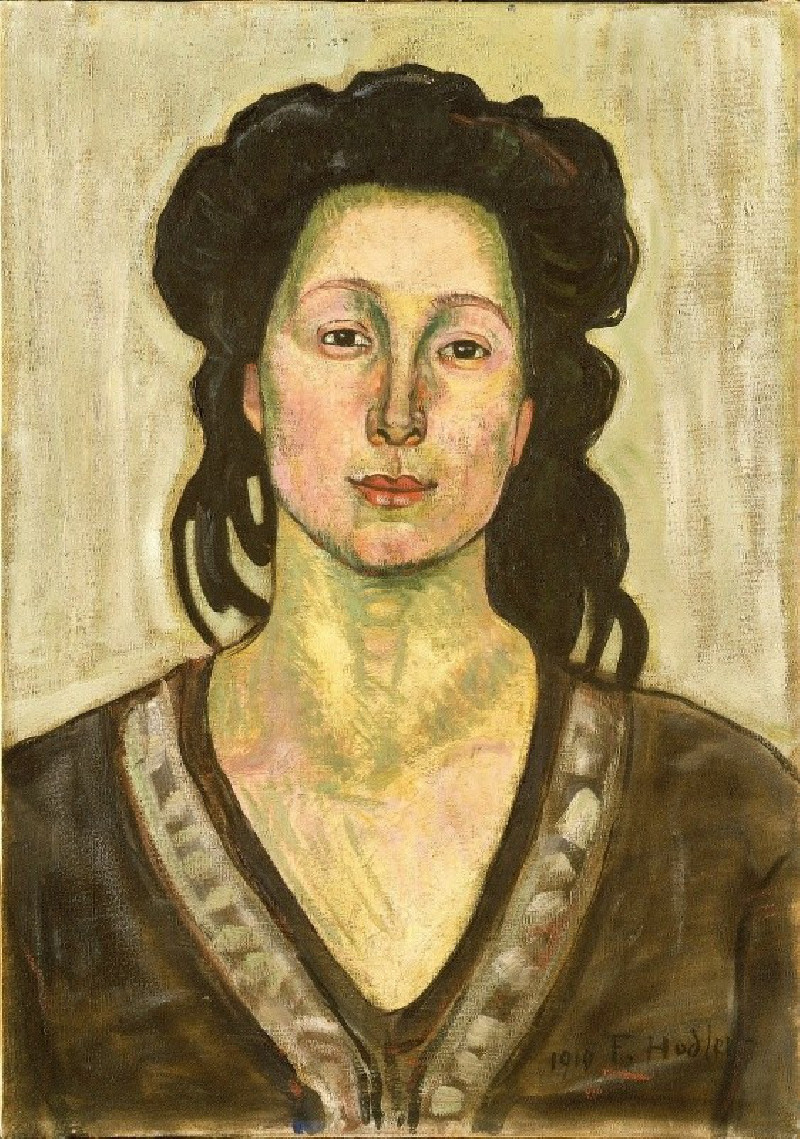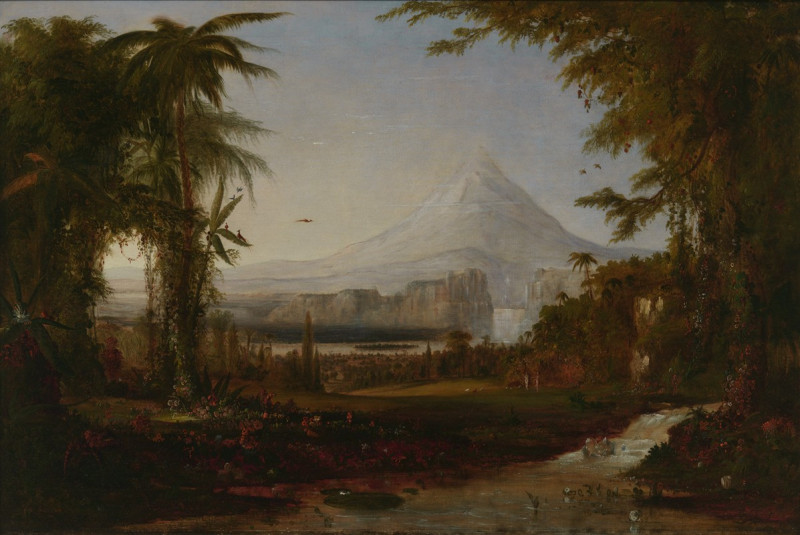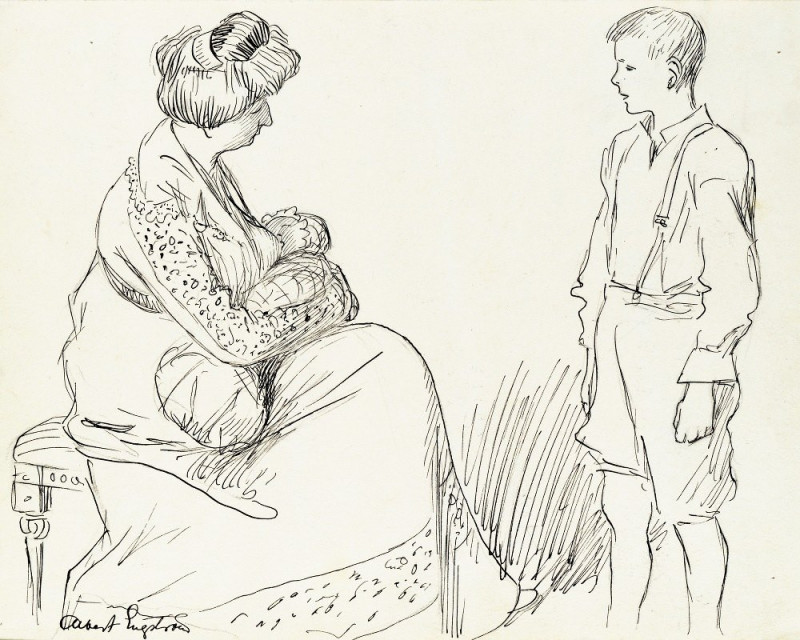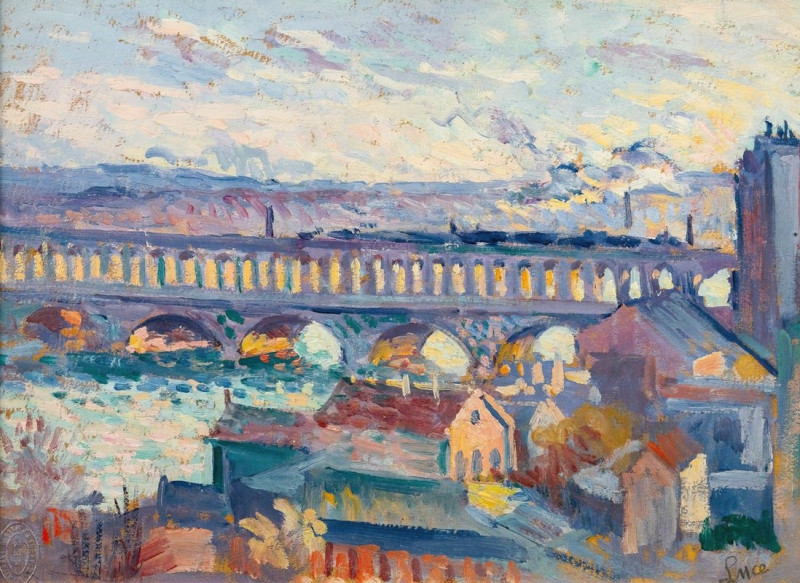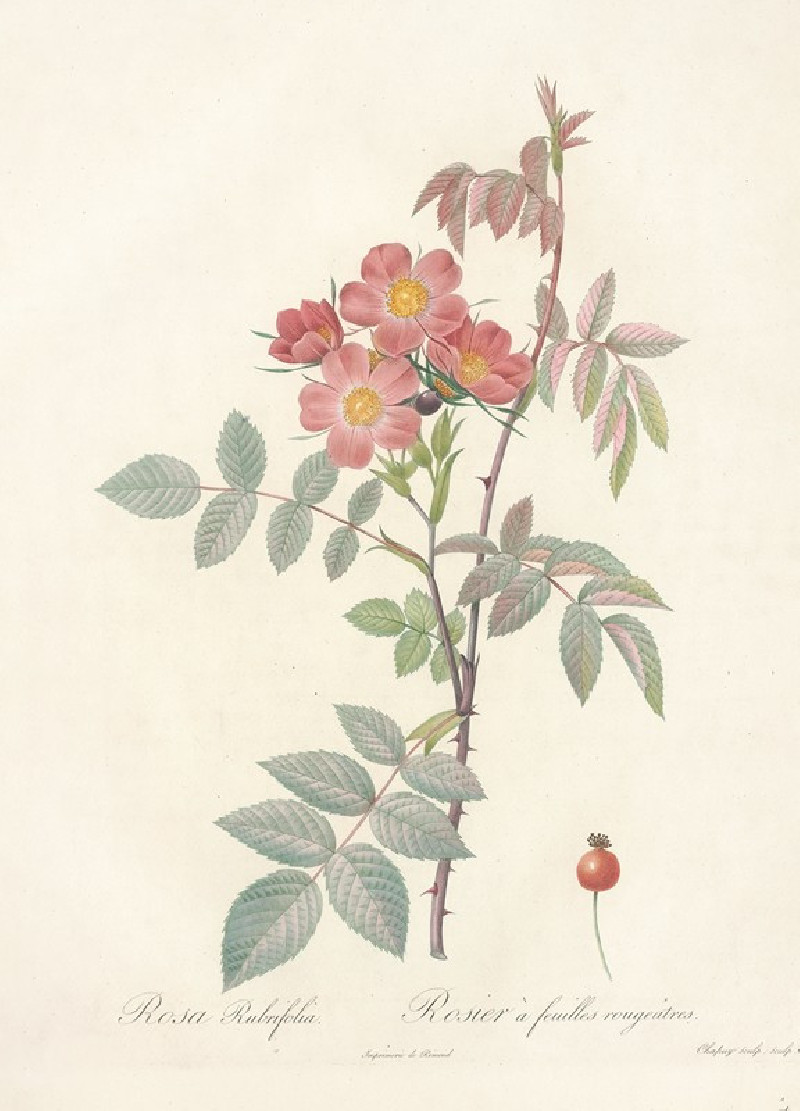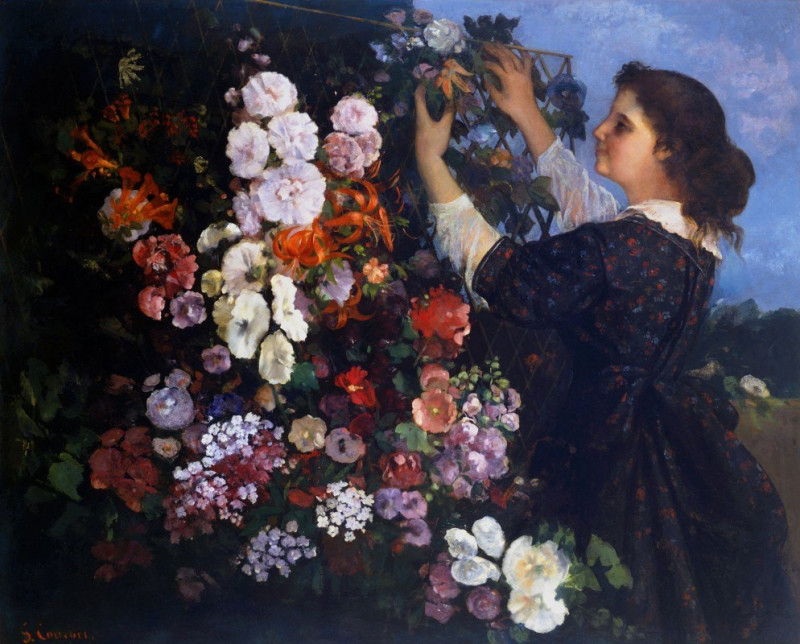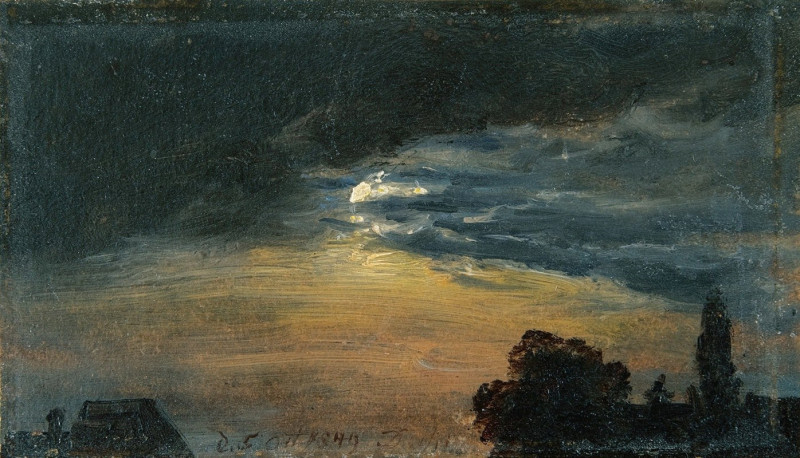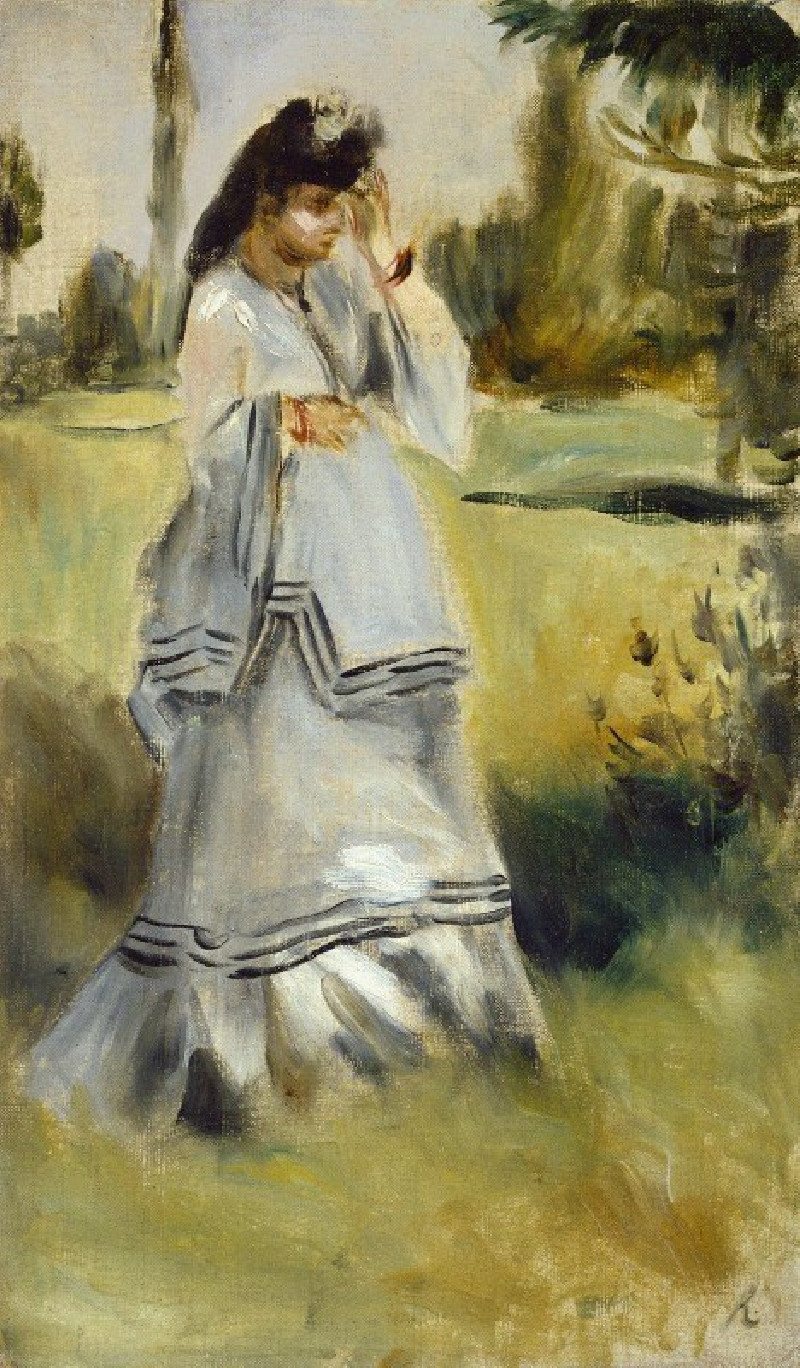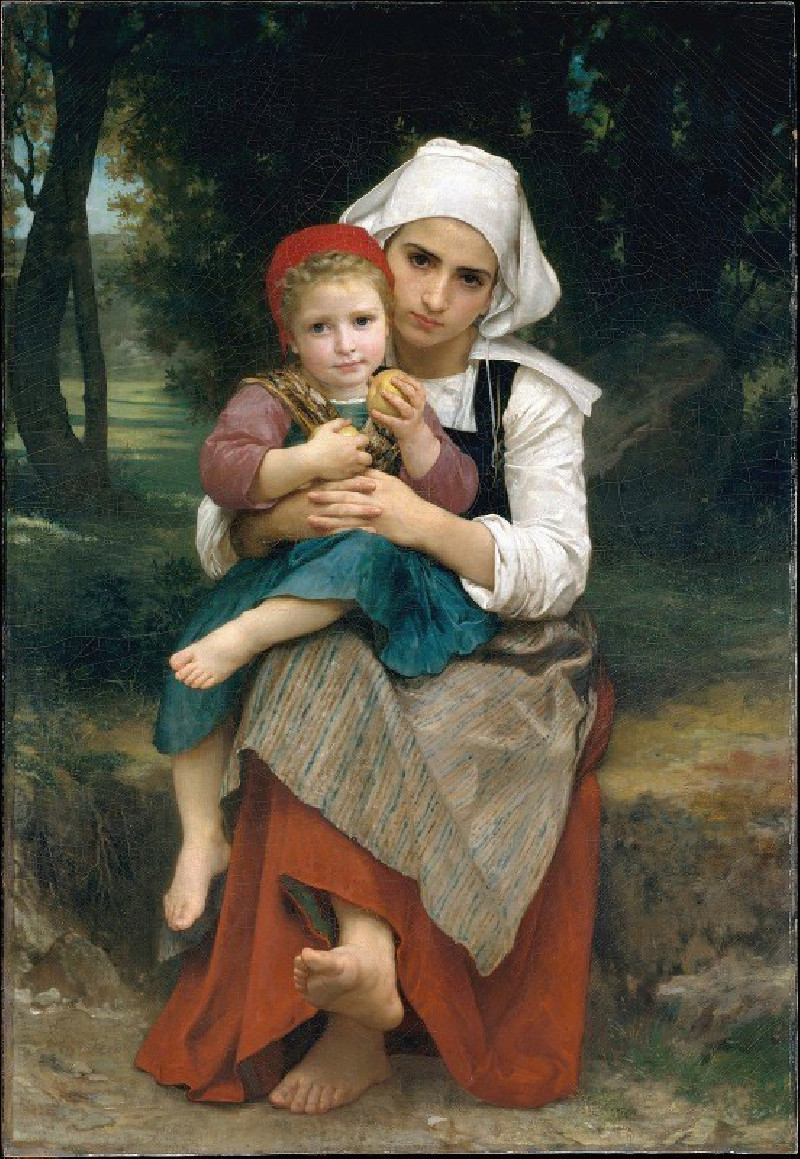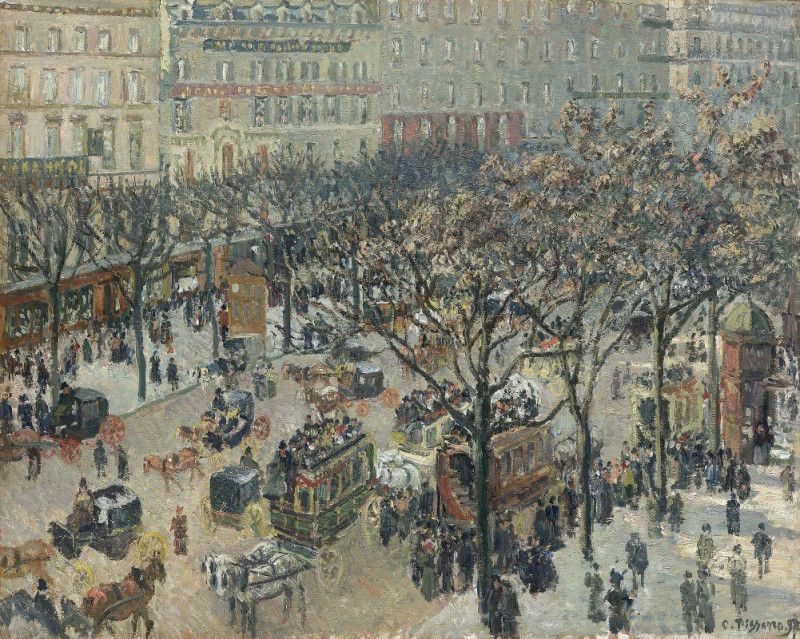Street Of St. Georges
Technique: Giclée quality print
Recommended by our customers
More about this artwork
"Street of St. Georges" is a serene and inviting painting by Ferdinand Hodler, a renowned Swiss artist known for his unique approach to symbolism and realism. This piece captures a tranquil street scene, imbued with a sense of calm and everyday beauty.In the painting, the viewer’s eye is led down a quiet, sun-dappled street lined by a fence on one side and lush greenery on the other. A series of trees, their leaves gently touched by light, stand sentinel along the path, casting soft shadows on the ground. The play of light and shadow, combined with a palette of soft blues, greens, and earth tones, evokes a warm, peaceful summer day.Hodler’s technique, characterized by loose brushwork and an almost impressionistic handling of light and color, lends a dreamlike quality to the scene. The painting is void of human figures, which emphasizes the stillness and the timeless, almost static beauty of the scene."Street of St. Georges" is a testament to Hodler’s ability to capture not just a landscape, but an atmosphere, turning a simple street into a canvas of contemplation and visual delight.


